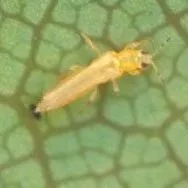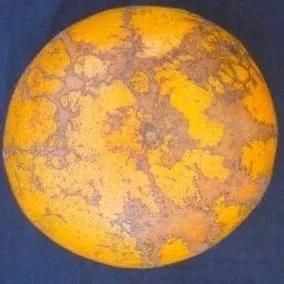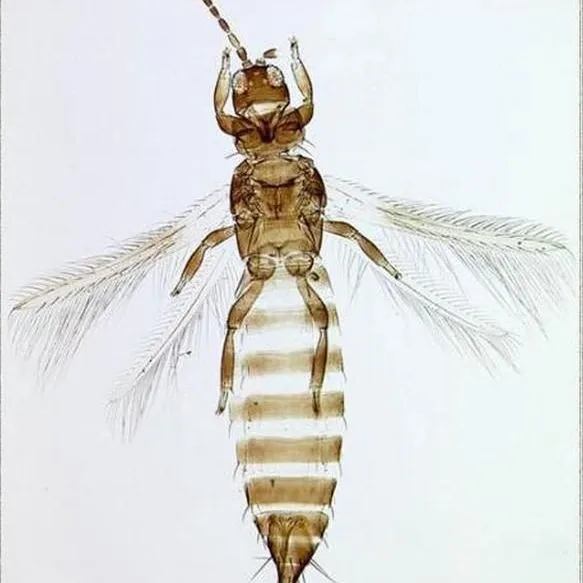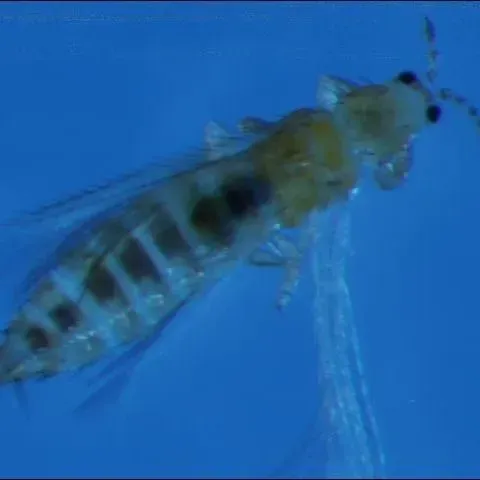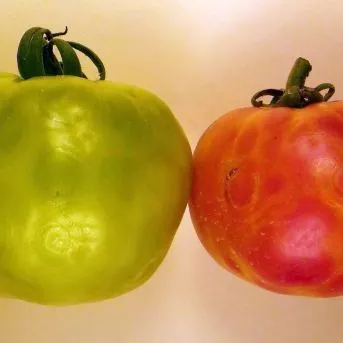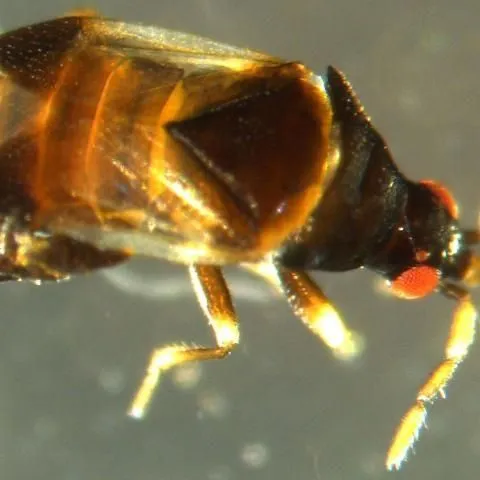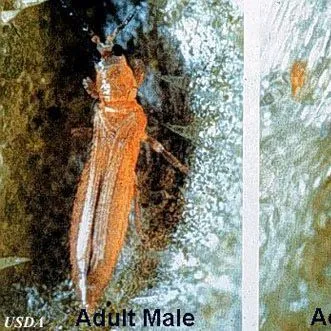Trips
Idiomas disponibles:
Español
Los trips de flores dañan las cosechas al alimentarse de ellas y poner sus huevos. lo cual resulta en la malformación de los tejidos en crecimiento, lo que lleva a pérdidas en el rendimiento de las cosechas de frutas y vegetales, así como también al daño estético de las flores. Pueden causar un daño económico significativo a un amplio rango de cultivos como arándanos, fresas, pimientos y ornamentales. La identificación de las diferentes especies de trips de flores puede ser difícil sin la ayuda experta.
IPM Florida resources
Temas más específicos
Temas relacionados: Trips, Lawn and Garden Care: Pest Management, Arthropod Pests
Publicaciones
Showing 16 of 16 Publications
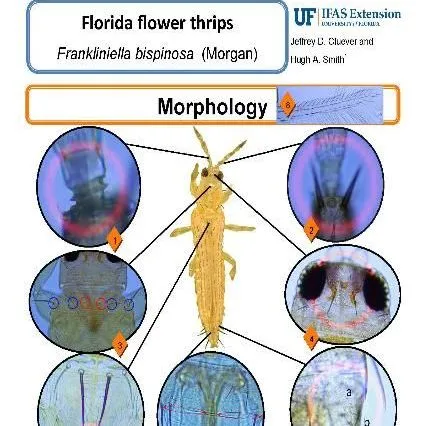
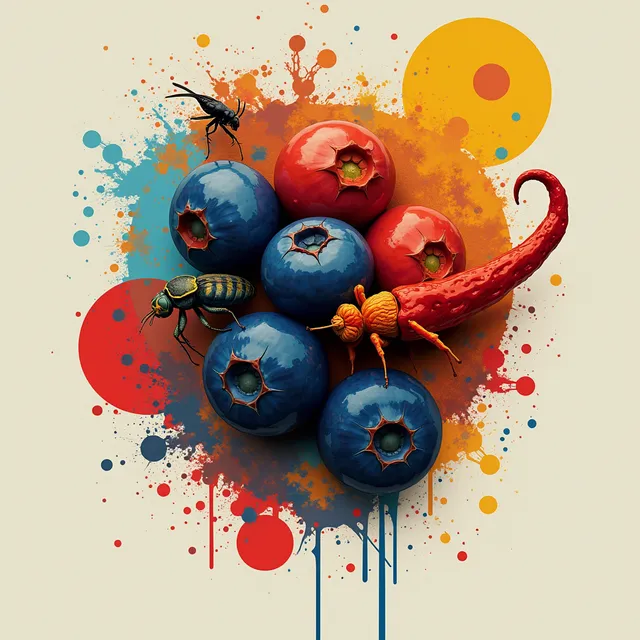
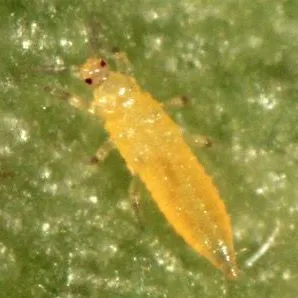
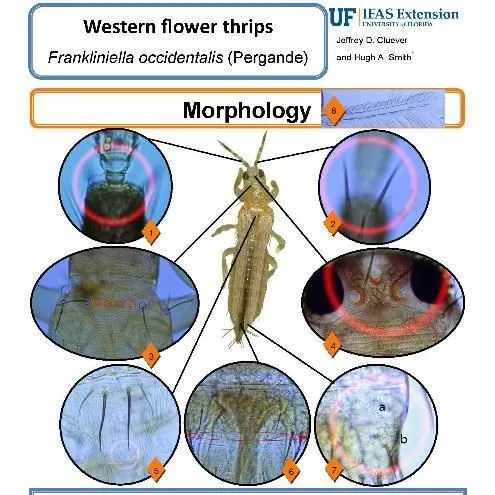
![thumbnail for publication: Western Flower Thrips (Frankliniella occidentalis [Pergande])](/image/IN1089\15894077\thumbnail/IN1089-thumbnail-640.webp)
